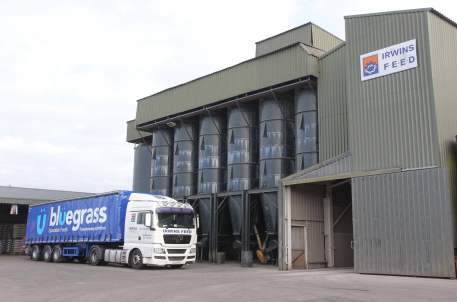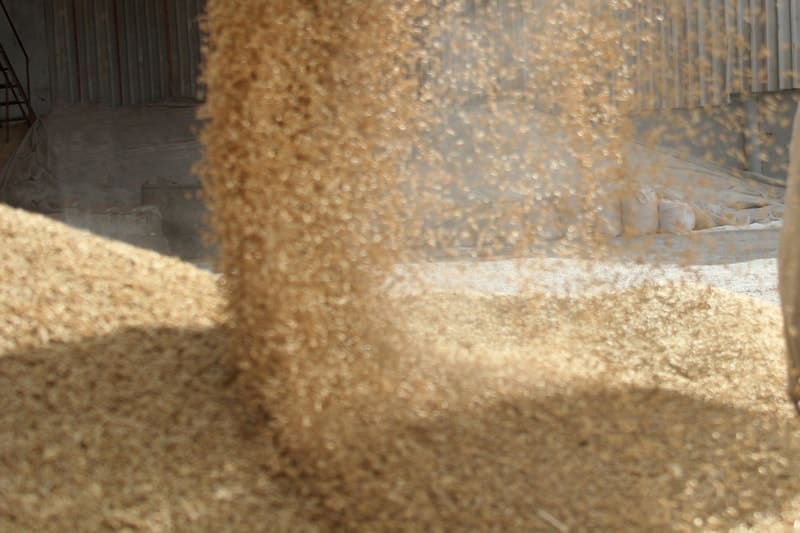Bluegrass News
Maintaining the delicate balance between providing adequate energy and managing caloric intake is essential for the health and performance of a "good doing" horse. Horses that typically maintain their weight easily and are prone to weight gain, it is crucial to find ways to enhance their energy levels without adding excess calories. Here are several strategies and considerations to help you achieve this balance effectively.
Understanding Your Horse's Energy Needs
Energy for horses primarily comes from carbohydrates, fats, and proteins. While carbohydrates and fats are the main energy sources, proteins are primarily used for muscle repair and growth. Simple carbohydrates (sugars and starches) provide quick energy but can contribute to weight gain if overfed. Conversely, fats offer a slow-releasing energy source that doesn't cause rapid spikes in blood sugar.
Before assuming your horse is lacking energy due to the hard feed, there are a couple of things you should check:
Fitness Level: Is your horse fit enough for the work you are asking them to do?
Weight Management: Are they overweight?
Workload Capacity: Are they capable of doing the level of work you are asking of them?
Forage Intake: Are they receiving enough forage?
Health Issues: Are they in pain somewhere?
It is worth checking all of these to ensure they are no underlaying reasons for the lack of energy you are seeing. If your horse’s lack of energy has been a sudden change, or you have tried addressing the problem with no results, contact your vet to rule out any pain before assuming your horse is just lazy.
Feeding for Instant Energy
When feeding for instant energy for the average horse or good doers, it is important to increase the starch levels of the diet. Starch is provided by cereals in the hard feed, such as oats, barley, and maize. Enzymes in the small intestine quickly break down starch into glucose. This glucose is quickly absorbed into the bloodstream and can be used as ‘fast-release’ or ‘instant’ energy. Any blood glucose that is not immediately used for work is stored in the muscles as glycogen for later use. Starch is also the best energy source for ‘topping up’ muscle glycogen stores after exercise periods as starch digestion results in a direct rise in blood glucose and insulin, two of the most important factors involved in glycogen synthesis.
Remember: Energy = Calories
If your horse is a good doer, feeding the full feeding rate of a high-energy feed is likely to lead to weight gain, which will not help with energy levels. In this case, consider the following strategies:
- Balancer Feeds: Feeding a balancer, such as Stamm 30, provides the nutrients needed for good health and wellbeing without adding significant calories.
- Small Quantities of High-Energy Feed: In some cases, you can add a small quantity of a higher energy feed alongside the Stamm 30 such as Competition Mix or Race Horse Cubes. This approach ensures that your horse receives the necessary energy boost without over providing extra calories.
Providing a good doing horse with the necessary energy without adding excessive calories involves a careful selection of feeds and strategic management practices. By balancing energy intake with appropriate exercise and management practises, you can help your horse remain energetic and healthy without the risk of weight gain. Ensure you monitor your horse’s overall health and consult with professionals as needed to maintain optimal energy levels. If you are looking at providing your good doer with more energy, contact a member of the Bluegrass team for tailored advice on how best to achieve this without encouraging weight gain.












